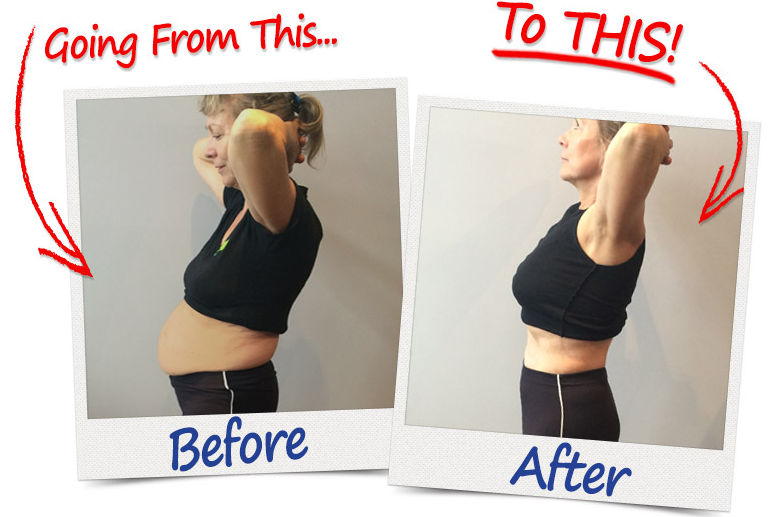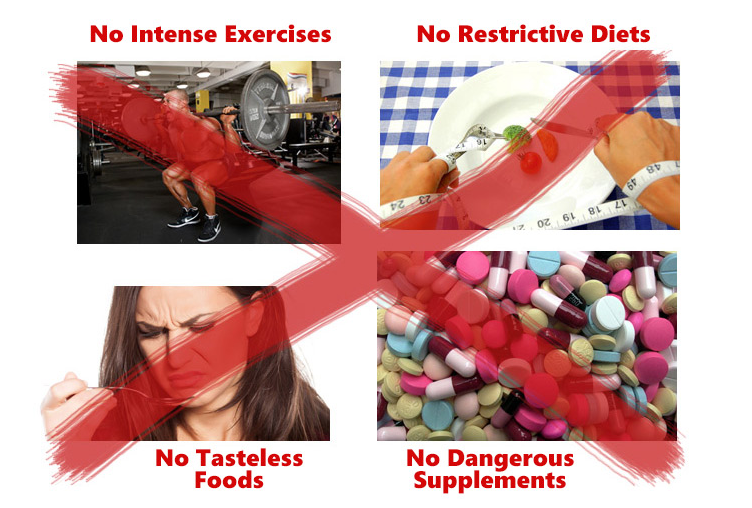Developing an effective weight loss workout plan is your key to achieving sustainable fitness and health goals. With the right combination of exercise, nutrition, and consistency, you can shed unwanted pounds, build muscle, and feel more confident in your body. Let’s dive into creating a plan tailored to your needs.



Why do you need a Weight Loss Workout Plan
Structure for Success
This is where a weight loss workout plan can be extremely helpful. Rather than being confused by all the possibilities, a plan provides you with focus and purpose. It decomposes your objectives into achievable milestones for consistent progress.
Also, a plan eliminates the guessing. Rather than deciding what to do every day, you use a program that is intended to target your fitness goals. Adding that structure makes consistency easier and consistency is everything for long-term results.
Exercise combined with Nutrition
The role of physical activity and nutrition in your weight loss journey is intertwined. Exercise burns calories and strengthens your body, while nutrition provides the energy and nutrients to recover and grow. This is what makes up a well-rounded approach that maximizes your efforts.
So, for instance, after a cardio session, your body requires carbs to refuel and protein to reconstruct muscle. Combining both guarantees you’re nourishing your body and blasting fat.
Establish Your Goals for Your Weight Loss Workout Plan
Defining SMART Goals
Setting SMART (Specific, Measurable, Achievable, Relevant, and Time-bound) goals helps you focused So, rather than saying, “Oh, I want to lose weight,” set a goal like, “I’ll get down 10 pounds in two months — I will exercise five times a week and eat a balanced diet.”
It provides a clear timeline, helps you to monitor progress, and keeps your expectations realistic. It reduces frustration and helps you stay motivated.
Tracking Your Progress
You need to track the progress to stay in course. Whether it’s with fitness apps, in a journal or with progress videos, documenting milestones allows you to see all you have achieved. It could simply be recording your exercises or tracking fluctuations in weight each week.
Tracking also shows what’s working and what needs adjusting. If, you hit weight loss plateaus, you may intensify your workouts or fine-tune your diet.
What to Include in a Weight Loss Workout Plan
Fat Loss: Strength Training
Why Strength Matters
Strength training, essential for shedding off the pounds, builds lean muscle. Muscle burns more calories than fat, even at rest. In other words, the greater your muscle mass, the higher your resting metabolic rate.
Plus, strength training chisels and sculpts your body. Cardio alone might lead to weight loss but little body definition. Strength-training hones your physique, leading to more confidence.
Top Strength Exercises
Have compound movements like squats, deadlifts, and bench presses. These exercises involve multiple muscle groups at once, ensuring that you burn the maximum calories. Beginners should start with exercises such as push-ups, lunges and plank and then slowly work up to weight lifts.
Are Cardio Exercises Good for Burning Calories
Benefits of Cardio (H4)
A lot of cardio exercises are great for burning calories and heart health. Running, cycling, and swimming — activities that get your heart rate up — help you create the calorie deficit you need to lose weight.
Cardio has mental benefits, too. The increase of endorphins in aerobic exercise lowers stress and increases mood; thus, it is easier to stay motivated.
Best Cardio Activities
Select cardio that you will actually do so you can be consistent. High-Intensity Interval Training (HIIT): THEY ARE ESPECIALLY EFFECTIVE. This technique burns more calories in a short time frame and has continues to raise your metabolism for hours once you’ve worked out

Flexibility and Recovery Practices
Importance of Stretching
In this article we will discuss why stretching is important, how to stretch properly and avoid injuries. Dynamic stretches warm up your body for an upcoming session, and static stretches afterward help you relax and recover.
Recovery Techniques
Recovery is just as critical as the workouts. Integrating techniques such as foam rolling to alleviate muscle tension and improve blood flow. Make sleep a priority — that’s when your body repairs and rebuilds muscle tissue.
How to Create a Weight Loss Workout Plan for a Week
Sample Weekly Schedule
Here’s what a sample schedule might look like for a balanced plan:
1- Monday: Full body strength (squats, push-ups and lunges, for example).
2- Tuesday: 30 minutes of steady-state cardio (e.g., walking briskly or cycling).
3- Wednesday: Recovery day, yoga or stretching.
4- Thursday: Upper body strength training (think bench press, rows and planks).
5-Friday: HIIT workout (sprints or jump rope intervals).
6- Saturday: Outdoorsy activity, such as hiking or swimming.
7-Sunday: Rest day with some light stretching.
Adjusting for Your Fitness Level
Beginners should start slow, focusing on proper form and shorter sessions. Gradually increase intensity and duration as fitness improves. Advanced individuals can experiment with supersets, heavier weights, or longer HIIT intervals to challenge themselves.
Weight Loss Workout Plan: MaintainingConsistency and Motivation
Tracking Milestones
Celebrate every milestone, no matter how small. Whether it’s losing two pounds, running longer distances, or lifting heavier weights, acknowledging your progress keeps you motivated.
Find an Accountability Partner
Finding a workout buddy or a coach can help. Telling someone else about your journey makes you accountable, so it is more difficult to miss workouts or not follow your plan.
Rewarding Yourself
Using non-food rewards such as new workout clothes or a fabulous massage reinforces those positive behaviors and makes the process fun!





Common Mistakes to Avoid in a Weight Loss Workout Plan
Overtraining
Excessive exercise without adequate rest can lead to burnout and injuries. Schedule rest days and listen to your body. Persistent soreness or fatigue are signs you may be overdoing it.
Skipping Nutrition Focus
Exercise alone won’t yield significant results without proper nutrition. Pair workouts with a balanced diet rich in whole foods to fuel your body and support recovery.
Falling for Fitness Myths
Don’t believe myths like “spot reduction” or the idea that more exercise always equals better results. Focus on a balanced approach for sustainable weight loss.
Benefits of a Weight Loss Workout Plan
Physical Benefits
Regular exercise improves cardiovascular health, builds muscle, and increases endurance. It also reduces the risk of chronic diseases like diabetes and high blood pressure.
Mental and Emotional Benefits
Exercise releases endorphins, which boost mood and reduce stress. Achieving fitness goals builds self-confidence and enhances mental clarity, making you feel accomplished and empowered.
Enhanced Daily Functionality
Improved strength, flexibility, and energy levels make everyday tasks easier. Whether it’s climbing stairs or playing with your kids, a consistent workout plan enhances your quality of life.
Conclusion: Weight Loss Workout Plan
A well-designed weight loss workout plan is your blueprint for a healthier, fitter lifestyle. By combining strength training, cardio, proper nutrition, and consistent effort, you can achieve sustainable weight loss and improved well-being. Stay patient, track progress, and celebrate every step forward. Your journey to a healthier you starts now—commit to your plan and make it happen!
FAQs About Weight Loss Workout Plan
1. How often should I work out for weight loss?
Aim for 4-5 workouts weekly, mixing strength and cardio exercises.
2. Can I lose weight without cardio?
Yes, strength training can also burn calories, but cardio enhances overall calorie expenditure.
3. How do I stay motivated long-term?
Set milestones, track progress, and reward yourself for achievements to stay motivated.
4. What’s the most effective workout for beginners?
Start with walking, bodyweight exercises, and light strength training to build a foundation.
5. How long before I see results?
Most people notice changes in 4-6 weeks with consistent exercise and proper nutrition.





